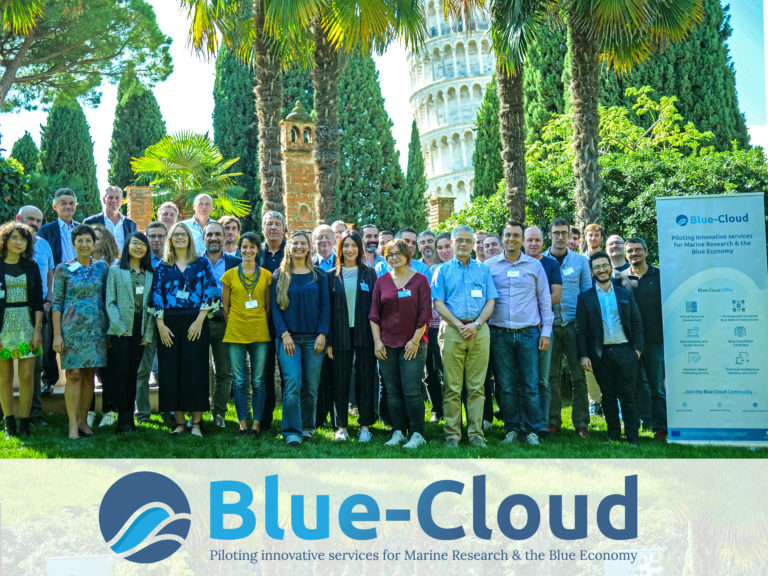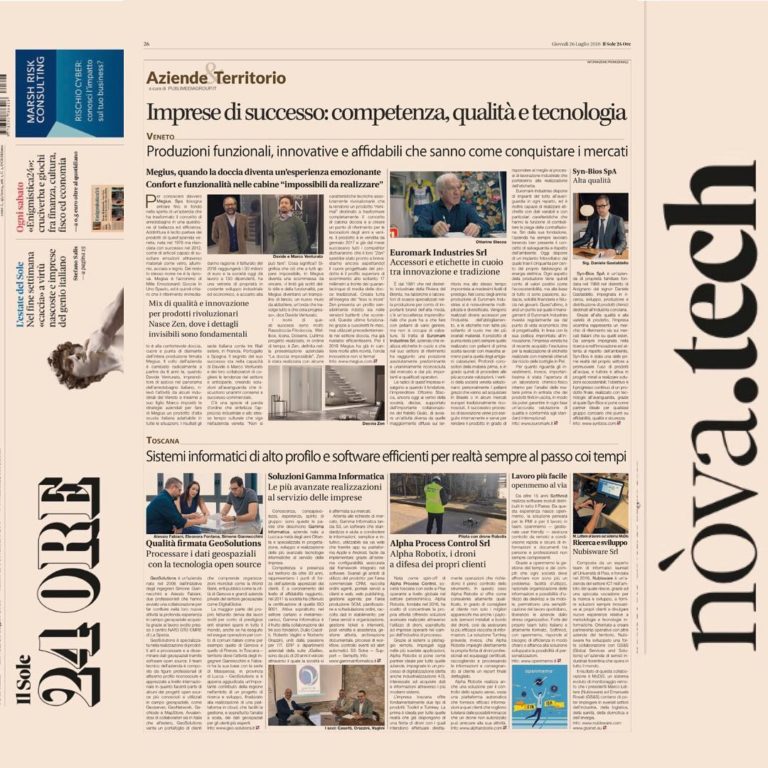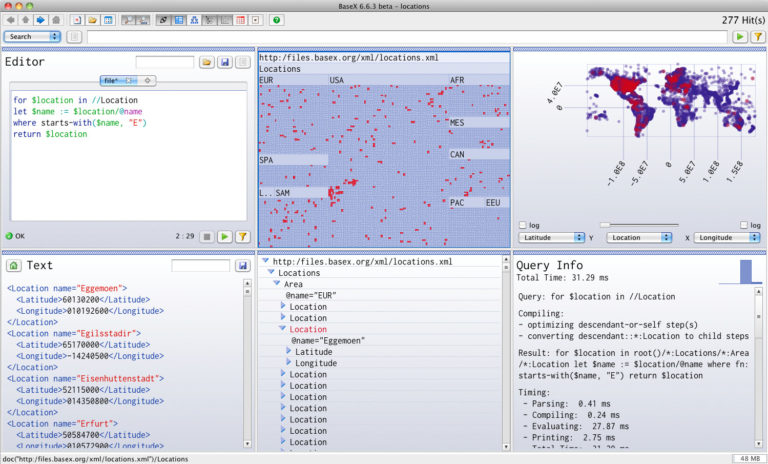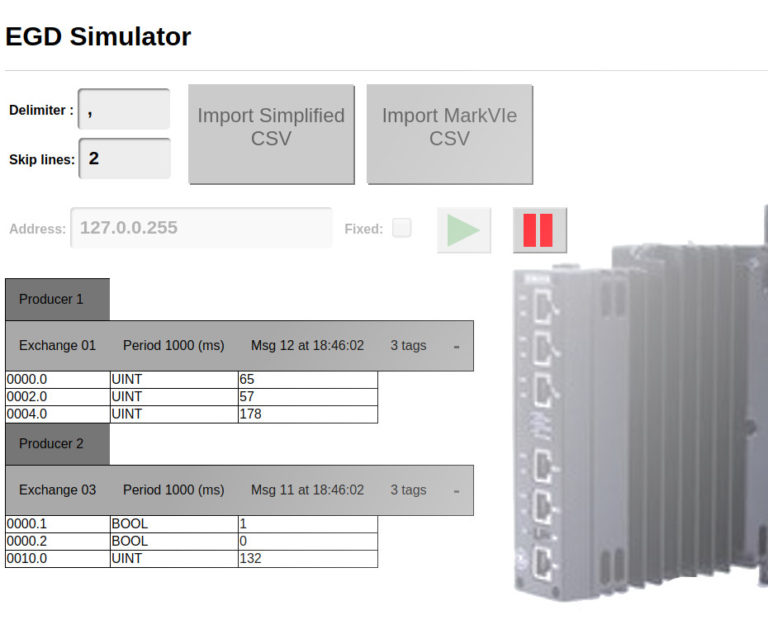And now it’s official: Nubisware made it to get into the list of participants allowed to access Phase 1 of the OpenAIRE-Advance Open Innovation Call, started at on November 2019. The news has been published on the official OpenAIRE site at https://www.openaire.eu/open-innovation-in-openaire.
OpenAIRE (Open Access Infrastructure for Research in Europe) is a distributed infrastructure supporting Open Science. It is able to collect, aggregate, de-duplicate and index information related to research projects, articles and scientific journals, open data sources, etc. making them available for interested user communities.
OpenAIRE stems from a set of EU funded projects with the intent to make academic communication more open and transparent and to foster innovative methods for spreading and monitor research. It is currently an integral part of the European Open Science Cloud platform with whom it shares the objectives.
Nubisware has always adhered to the “Open” philosophy by exploiting it in the context of products developed for its customer and by actively supporting and maintaining open source projects.
Therefore we decided to participate to the OpenAIRE-Advance Open Innovation Call, submitting a proposal for the implementation of a component AIRE Lab which could enable the experimentation of new functionality and techniques on the aggregation data workflow (DAW).
We are very pleased that our proposal has been considered valid and has matched the challenging selection criteria of the evaluating commission obtaining thus the funding for the first phase.









